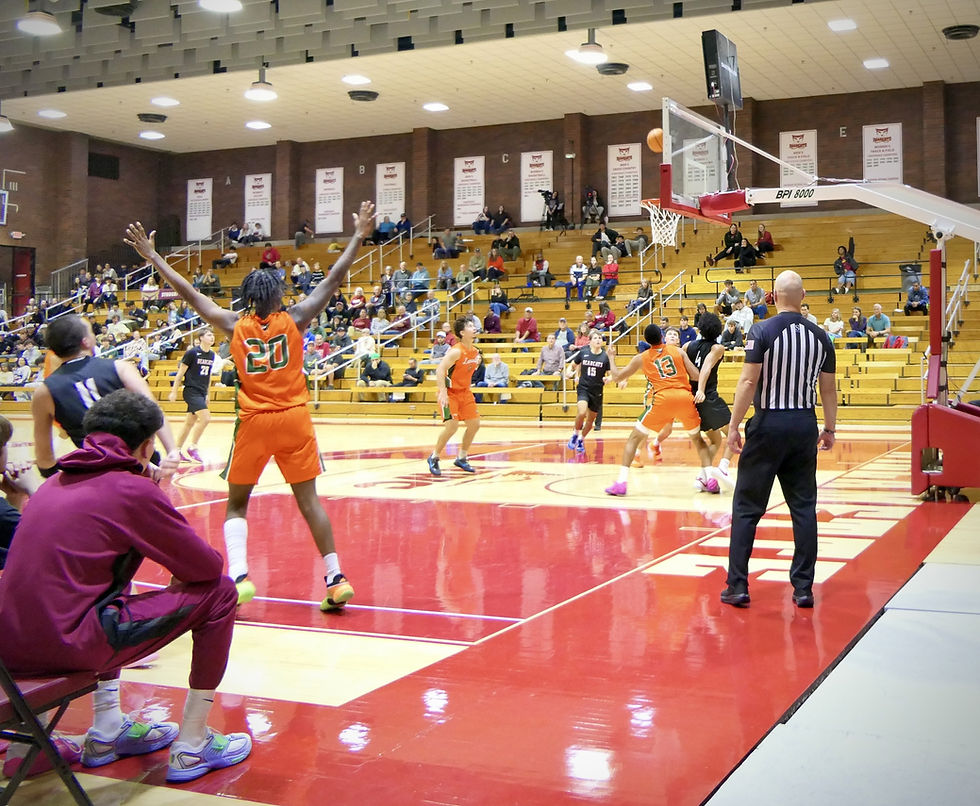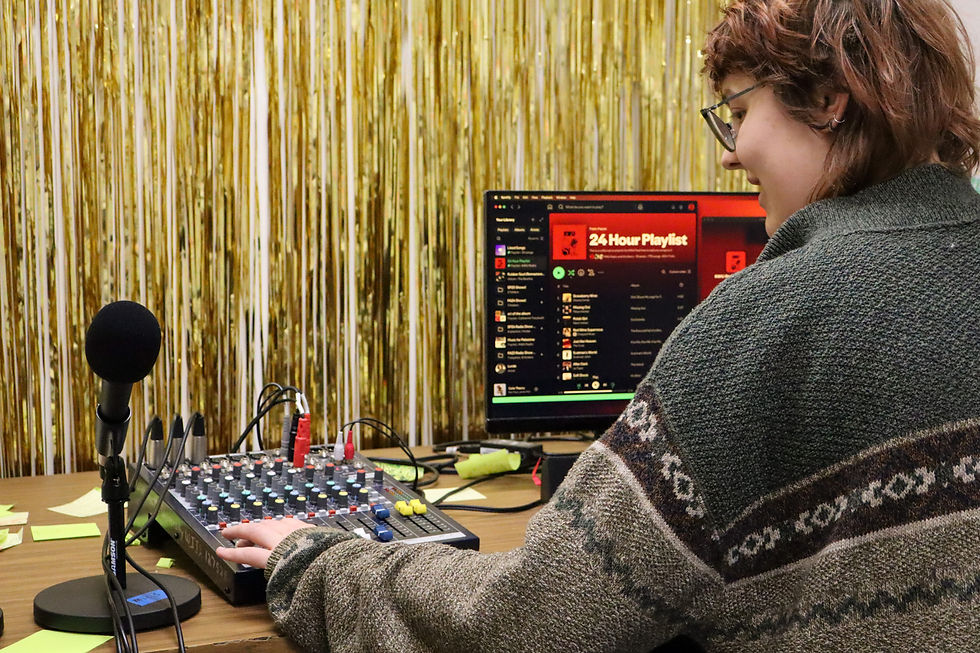Wild turkey population thrives in Salem urban areas
- Robin Linares, Staff Writer
- Nov 3, 2023
- 3 min read

As the leaves begin to fall and the weather starts to change, some may take notice of the flock of turkeys meandering through the neighborhood. While they can often be spotted year-round, it can still be shocking to have such personal interactions with wildlife in one's backyard. One turkey even made it onto Willamette’s campus in February 2022, successfully avoiding capture by Campus Safety.
In many suburban areas of Salem, including around Bush’s Pasture Park, some members of the community have seen flocks of up to 20 turkeys. Mary, a community member, described her first turkey sighting experience when a similarly sized flock found its way to her driveway. “We had heard about them from other people in the neighborhood and in other parts of Salem, but that was the first time I’d seen them in our neighborhood,” Mary explained. “I would be curious as to why they are suddenly showing up in residential areas, and what is causing that.”
To answer that question, one must first look back to when turkeys were introduced to Oregon. According to the Oregon Department of Fish and Wildlife (ODFW), turkeys were not native to Oregon until two subspecies, Rio Grande and Merriam, were introduced from various states. Since then the turkey population has flourished in Oregon, with estimates of 40,000 to 45,000 turkeys now inhabiting the state.
Mikal Cline, the upland game bird coordinator at the ODFW, explained that these increases in the turkey population had recreational benefits as they allowed for more relaxed regulations regarding hunting licenses for turkeys in rural areas. However, she acknowledged the unintended consequences the increasing population has had on urban areas like Salem. “When you start talking about turkeys in town, hunting is not an option,” Cline said. “Turkeys are really good at finding easy meals and easy living, so they have adapted really well to living in town.”

Due to their lack of natural predators in these regions, these flocks have been free to wander as they please and are often spotted in local parks by members of the community. According to an email correspondence with Trevor Smith, the public information officer for the city of Salem, the city parks and recreation department doesn’t have a turkey management program, but does its best not to disrupt them in their habitat. “Periodically we will delay mowing activities in our natural areas when we notice wild birds nesting,” Smith stated.
While many community members seem to enjoy the turkey presence, for some residents these flocks can become more of a nuisance. According to the ODFW document, Considerations for Coexisting with Wild Turkeys, turkeys have sometimes caused damage to gardens, shingles, decks and cars through “pecking, scratching, and defecating.” One of the noted short-term solutions includes hazing turkeys, or making them less comfortable by chasing them off the property, spraying them with a garden hose or having bright lights near roosting locations. However, before any action is taken a homeowner needs to get a hazing permit.
While the concept of getting a permit to chase a turkey off of one's property can seem odd, Cline provided a bit more context. “We're not just talking about turkeys. We're talking about all wildlife and getting permission to harass wildlife protects the landowner from getting cited by law enforcement because it is illegal to harass wildlife,” Cline said. These permits are free, and many at the ODFW are happy to give out these permits as it's one of the best strategies to mitigate the turkey population within city limits.
Cline’s other recommendation for homeowners is to be mindful of what food might be easily accessible to these flocks, as it can incentivize them to stay while also posing a danger to the turkeys themselves. “Especially when talking about artificial feed or feed that isn’t naturally in the environment … that concentrates these animals into groups where they normally wouldn’t be,” Cline explained. “It makes them dependent on humans and vulnerable to diseases.”
Ultimately, Cline emphasized that while it's important for humans to respect local wildlife in the area, it's best to admire them from afar for the safety of both parties. “We all want to be closer to wildlife and to have those interactions, but it’s not in the best interests of the animals,” Cline said.




Comments